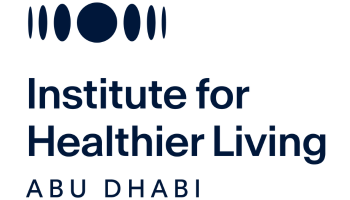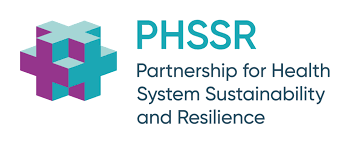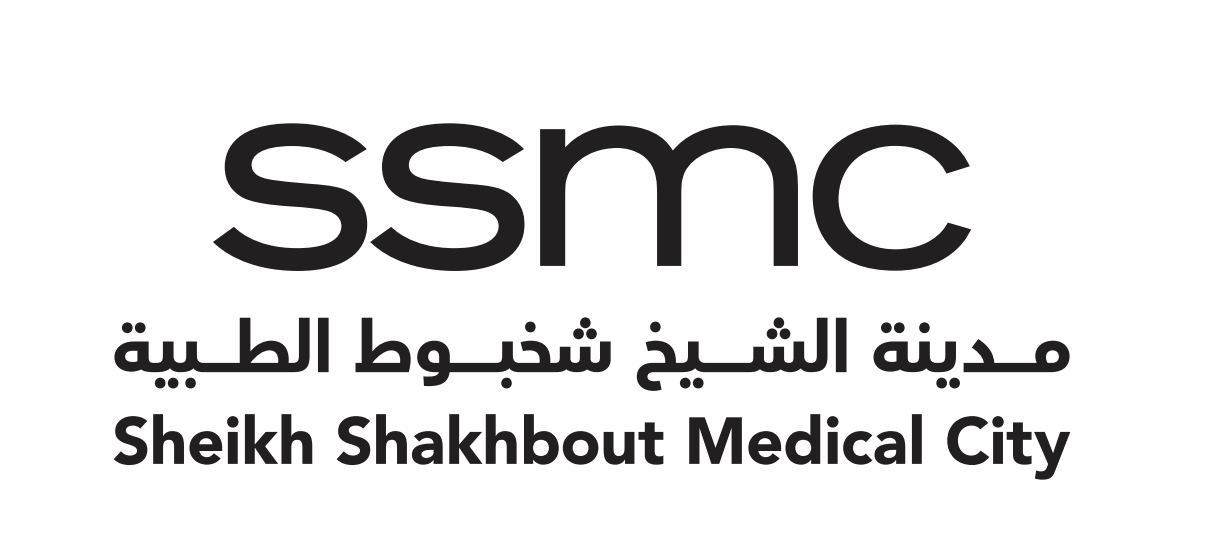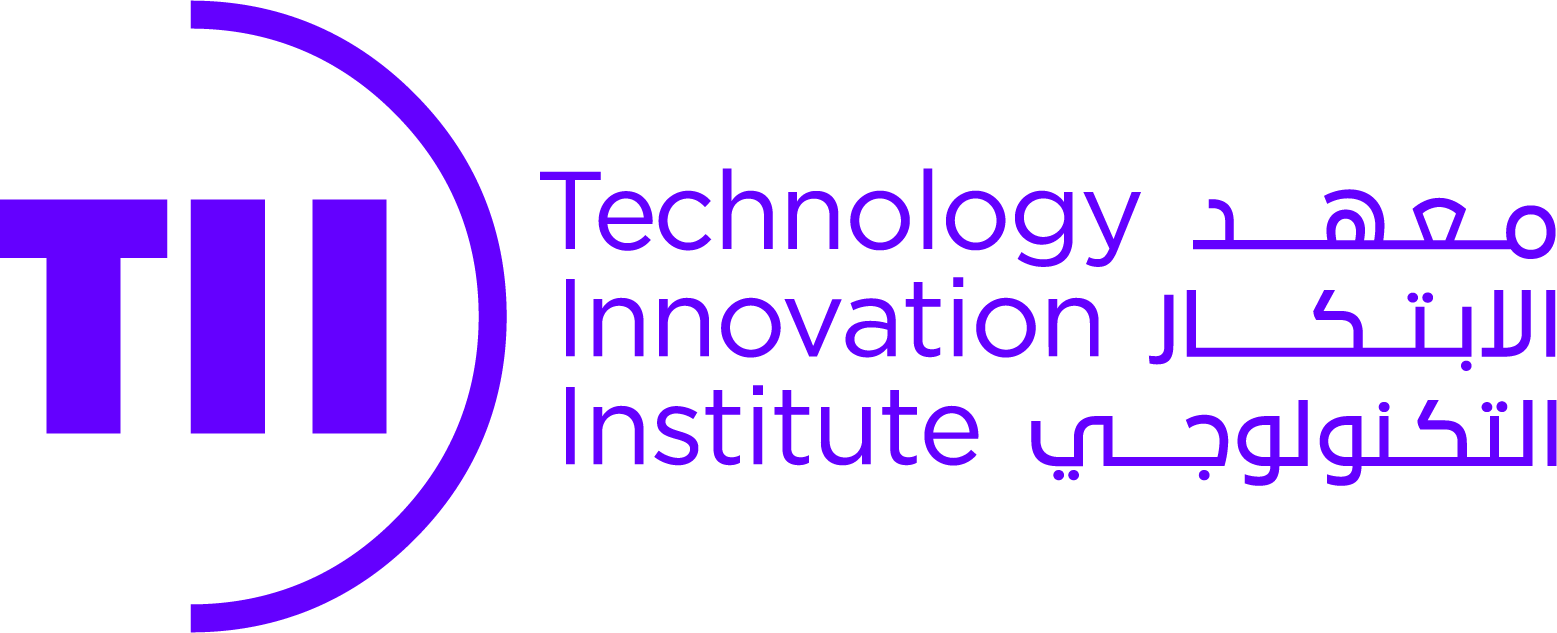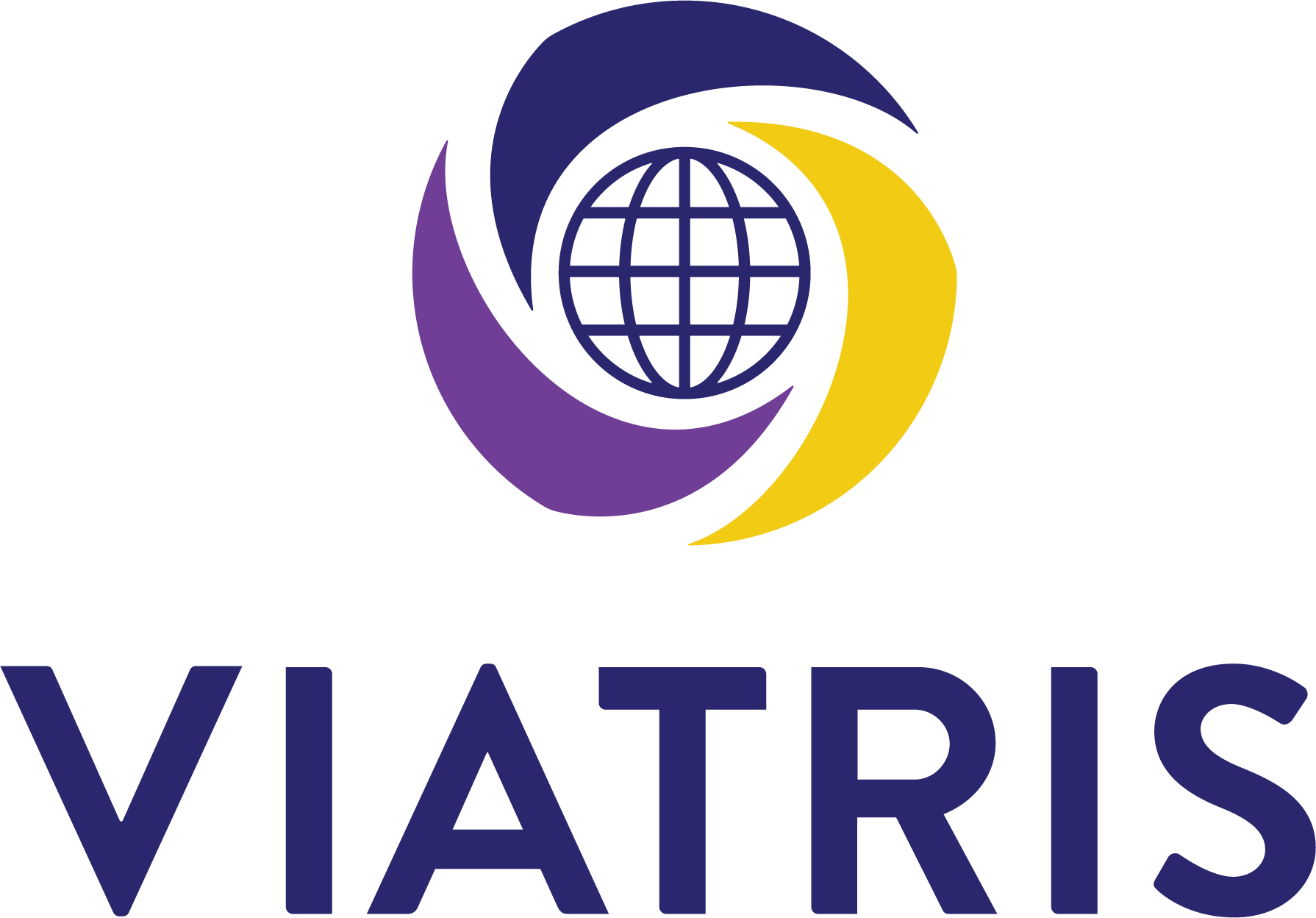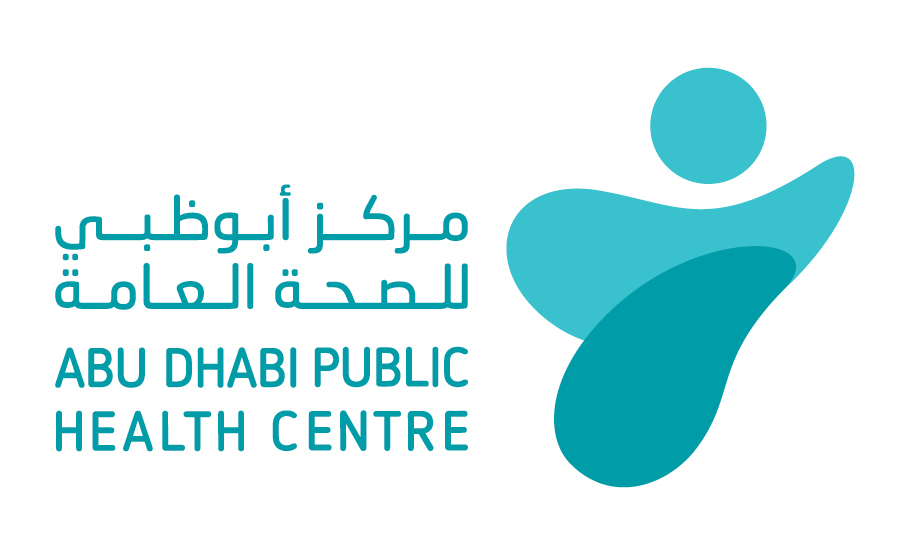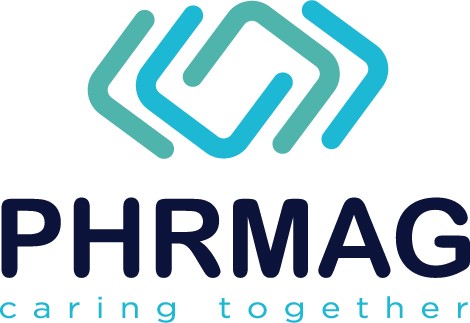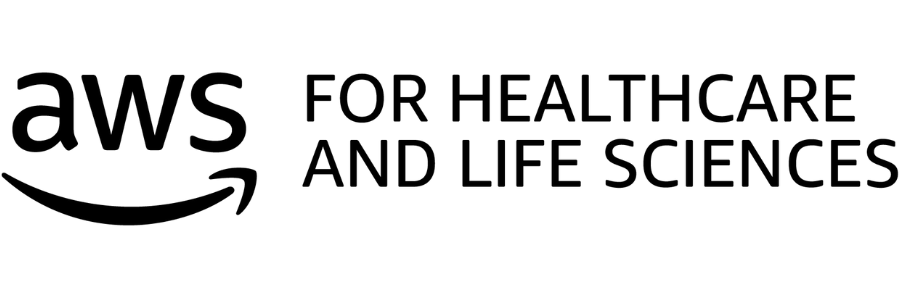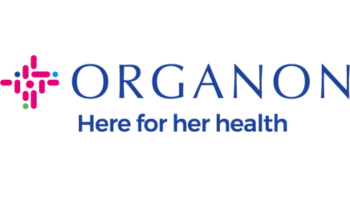تحت رعاية سموّ الشيخ خالد بن محمد بن زايد آل نهيان، ولي عهد أبوظبي رئيس المجلس التنفيذي لإمارة أبوظبي
Under the Patronage of His Highness Sheikh Khaled bin Mohamed bin Zayed Al Nahyan, Crown Prince of Abu Dhabi and Chairman of Abu Dhabi Executive Council
Ending communicable diseases requires a combined elimination framework
At three high level meetings of the United Nations General Assembly this week, world leaders will re-commit to ending tuberculosis (TB), delivering universal health coverage, and strengthening prevention, preparedness, and response to pandemics. The meetings come at a time when most health related targets of the sustainable development goals (SDGs) are off track1 to meet the 2030 deadline. These include SDG 3.3, which commits to ending the epidemics of HIV/AIDS, tuberculosis, malaria, and neglected tropical diseases, and tackling hepatitis, waterborne diseases, and other communicable diseases.2 At this juncture the targets can only be met on time by adopting a fundamentally different, combined approach to disease elimination.
The South East Asia region has the highest incidence of TB in the world. Current incidence would need to be reduced 80% from the baseline,34 and HIV 90% from baseline56 to meet the 2030 targets—these are both unlikely to be met.78 Similarly, elimination of age old diseases such as leprosy9 or filariasis10 is doubtful if business carries on as usual.
The human and economic consequences of failing to achieve the SDG 3.3 elimination targets are immense and unacceptable. A delay of 15 years in meeting the TB target would lead to an estimated 5.7 million additional deaths, with a loss of almost $2tn.11 The direct and indirect burden of these diseases include widening socioeconomic disparities, strain on health systems, and contributing to antimicrobial resistance.
Globally, the unsatisfactory progress made on SDG 3.3 is partially a consequence of insufficient investment, with the covid-19 pandemic responsible for some of the shortfall. But this is not the only obstacle. The limited absorptive capacity of health systems, lack of adequately trained personnel, and limitations in regulatory frameworks for task shifting or for faster entry to market of point-of-care diagnostic tests and products all create unique hurdles.12 More joined up efforts between organisations and integration at programme level will offer solutions to each of these challenges.
We advocate for high level global political support for a combined communicable diseases elimination framework,13 a newer integrated approach targeted at eliminable diseases. Currently, TB, HIV, and malaria each have their own lead partnerships, frameworks, monitoring mechanisms, staff, and validation processes. These silos must be discarded, and multi-sectoral coordination embraced. Resources need to be pooled and interventions streamlined. The common root causes of these diseases—such as overlapping social determinants of health—need to be tackled to improve healthcare system performance and reduce costs.14 Vertical disease-specific steering committees should be replaced at every level by committees overseeing all eliminable diseases, thereby avoiding duplication of effort and improving efficiency.
The combined elimination approach is promising in terms of scalability, efficiency, and accountability. By allocating resources based on function rather than specific diseases, and maximising coordination across populations and service delivery platforms, countries can achieve economies of scale and drive down costs, as has been seen in case studies from the Region of Americas.15
This unified approach puts people first, especially those from marginalised communities. It offers a path to accelerating progress towards the goal of universal health coverage. The first step involves finalising the combined elimination framework initiated by the World Health Organization and co-developed with technical and financial partners and people affected by these diseases. Concurrently, an independent body should be established that comprises academics, civil society leaders, policy makers, and programme directors to steer normative and policy development, implementation, and evaluation. This group could help identify urgent actions, propose innovative solutions, and establish a research agenda that prioritises implementation.
The sustainable development agenda is intended to foster global transformation. Yet its health related goals are teetering on the edge—in large part due to our inability to change the way we undertake health governance16 and programming. By unifying, streamlining, and simplifying our efforts to eliminate communicable diseases we can move towards health equity and ensure that no one is left behind.
Source: The BMJ





